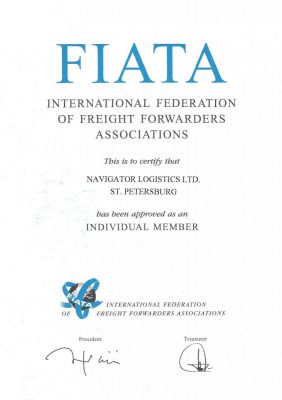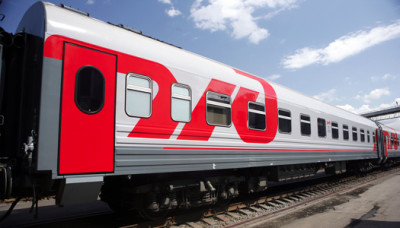Atkov talked about the specific features and priorities of the development of the railway health care and occupational medicine as an integrated structure. He paid particular attention to ensuring medical safety on trains and the system of medical and psycho-physiological control. Every year, Russian Railways carries out about 1.5 million expert medical examinations, 30 million pre-departure medical examinations, professional selections, dynamic control of the functional state and remediation activities.
“When you board our trains, you can rest assured that the locomotive crew has passed through a pre-departure medical control. You are transported by healthy, strong professionals,” said the Vice-President of Russian Railways.”
In addition, Oleg Atkov outlined the Company’s research priorities. So, the railway sector’s cardiology unit studies the effect of magnetic storms on the locomotive crew and searches for ways to minimise the risk of developing acute cases of cardiovascular disease.
Source: http://eng.rzd.ru/newse/public/en?STRUCTURE_ID=15&layer_id=4839&refererLayerId=4530&id=106549
Similar Posts:
-
Russian Railways In 2014: a Half-Year Results
The President of Russian Railways Vladimir Yakunin Sums Up Company’s Performance During 1H 2014 During a conference call on 4 July 2014, Vladimir Yakunin, President of Russian Railways, summed up the -
Mandatory Preliminary Notification About Goods Imported Into the Customs Union By Rail Takes Effect From 1 October 2014
In accordance with a decision taken by the board of the Eurasian Economic Commission on 17.09.2013, it will be mandatory to provide preliminary information about goods being imported by rail -
Internal customs transit
International customs transit (ICT) If during international carriage of goods, it is also necessary to deliver goods from abroad from the place where cargo arrived to the customs authority where the



